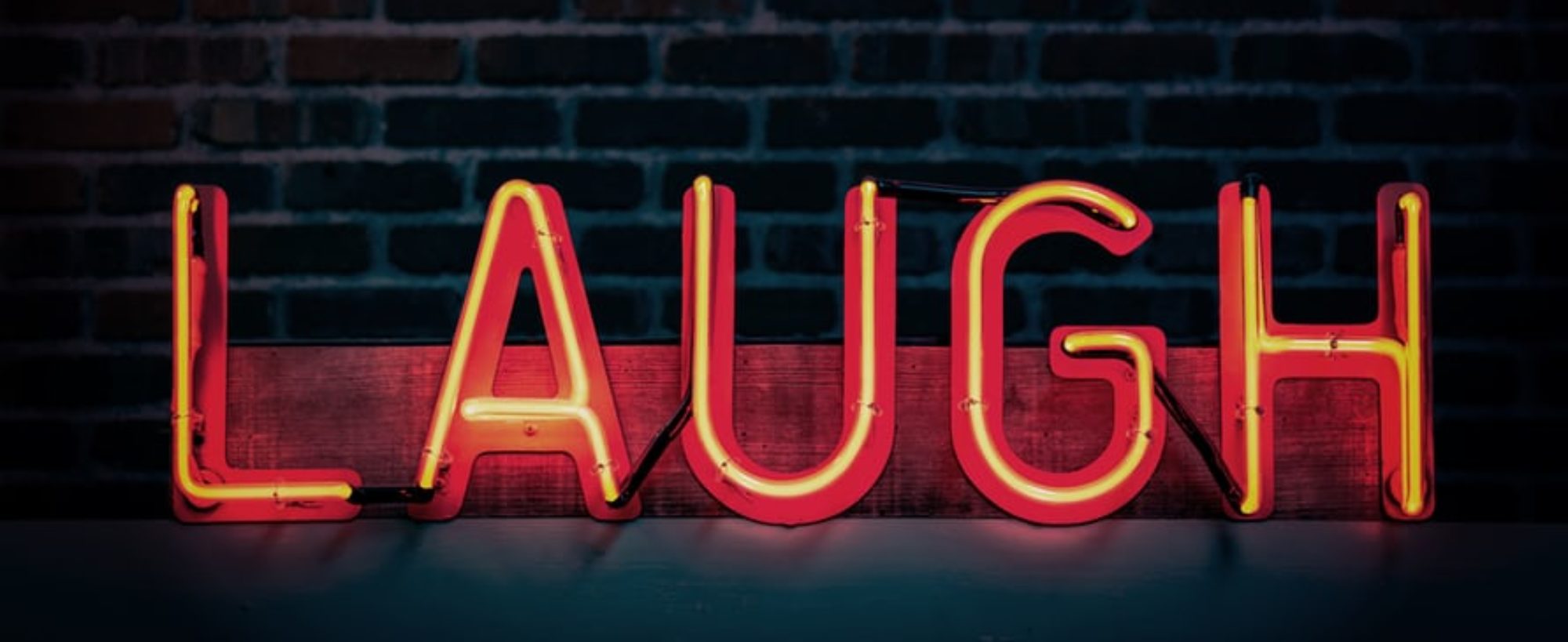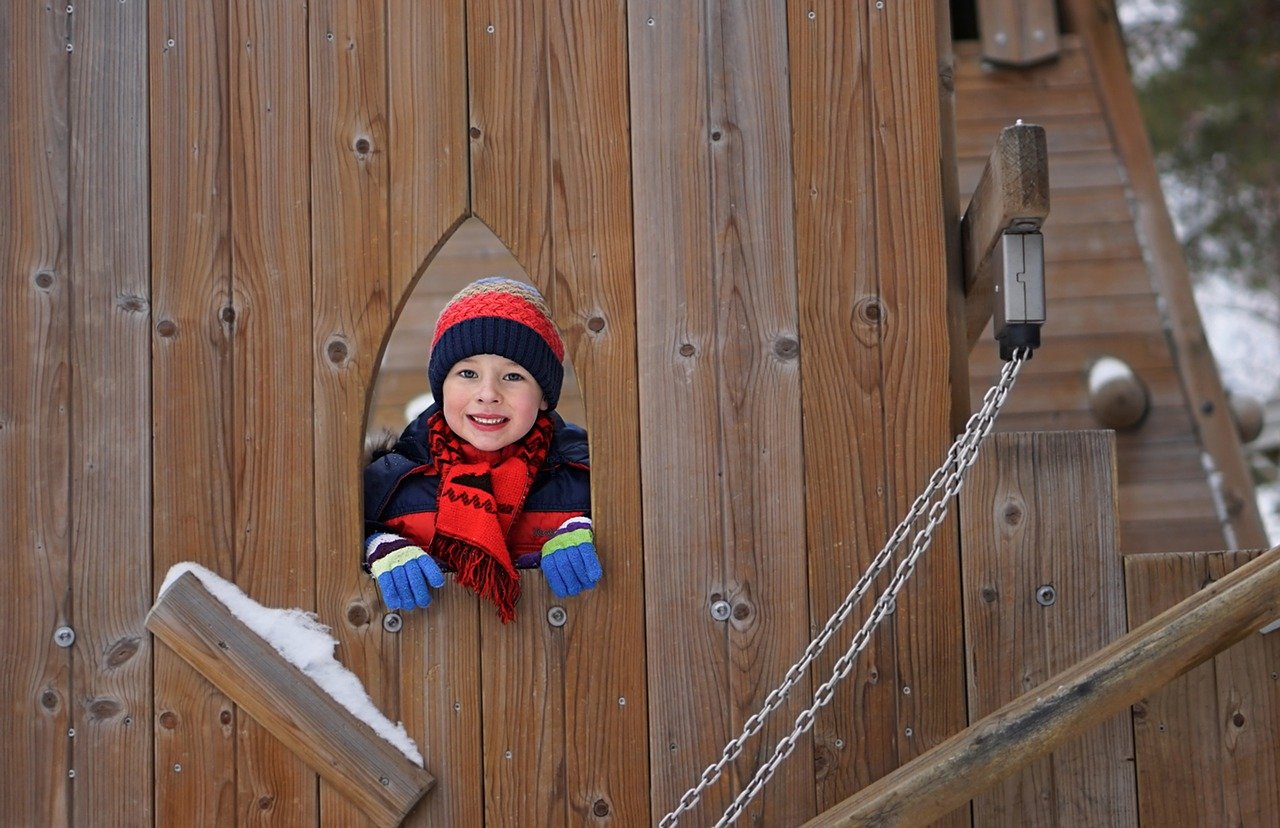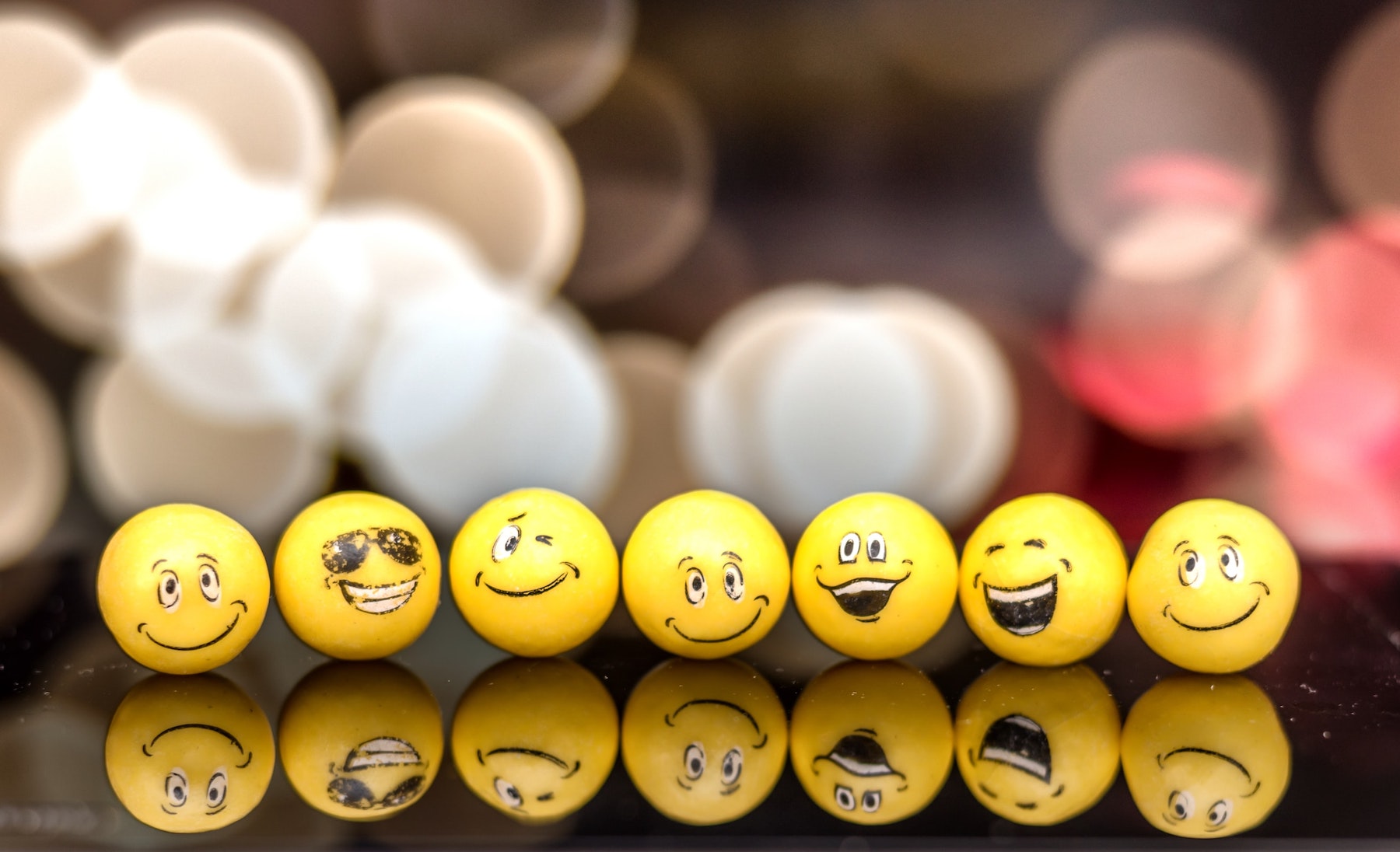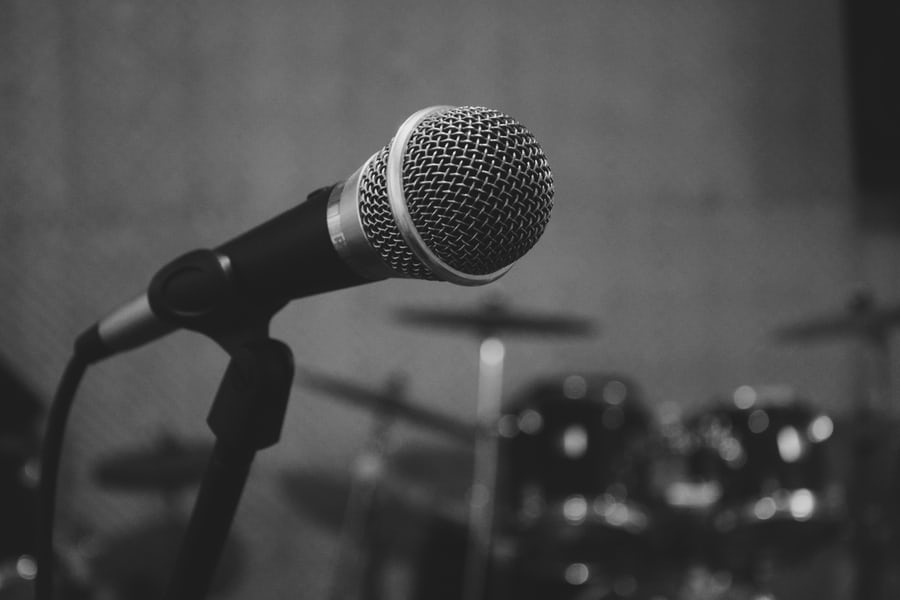The art of a good prank usually includes the element of outrageous behavior – that’s usually where the prank’s punchline comes in. A good prank is pulled off flawlessly but most times, there’s little to no regard for someone’s safety. Pranking is not just for kids, either. Adults entertain one another with pranks, too. However, it is children that are more likely to prank someone with no regard for safety. I mean, who’s thinking of safety when they’re just trying to have a little fun?
The reaction could be unsafe. The execution could even be potentially unsafe. It’s important to encourage young people to create prank ideas that will not end up physically hurting someone in the end. A joke is a good time until it goes wrong. If you want to encourage young people to participate in pranks that are all in fun, and where no one gets hurt, share these tips:
- Don’t use any poisonous chemicals or dangerous objects to pull off a prank. Things such as cleaning products or sharp tools should be eliminated from pranks. These things could easily cause harm to another young person.
- Never conduct a prank sending a young person somewhere that is dangerous or jeopardizing his/her health. For example, if the child is too young to maneuver dark places, don’t send them to a dark basement all in the name of a prank. Don’t
- Create a good prank without causing someone to do anything that can physically hurt them. It’s best to encourage young people to not use a prank to hurt someone physically.
A joke is meant for fun. Pranks are a way of joking that young people tend to enjoy with their peers, and there’s nothing wrong with having a little bit of fun. However, the fun can go in a completely different direction if a young person isn’t taught the realities of taking a prank too far. Be sure to encourage young people to joke around with one another in a way that doesn’t result in someone being injured. An injury kills the fun, and there’s nothing to joke about when a young person gets hurt.




